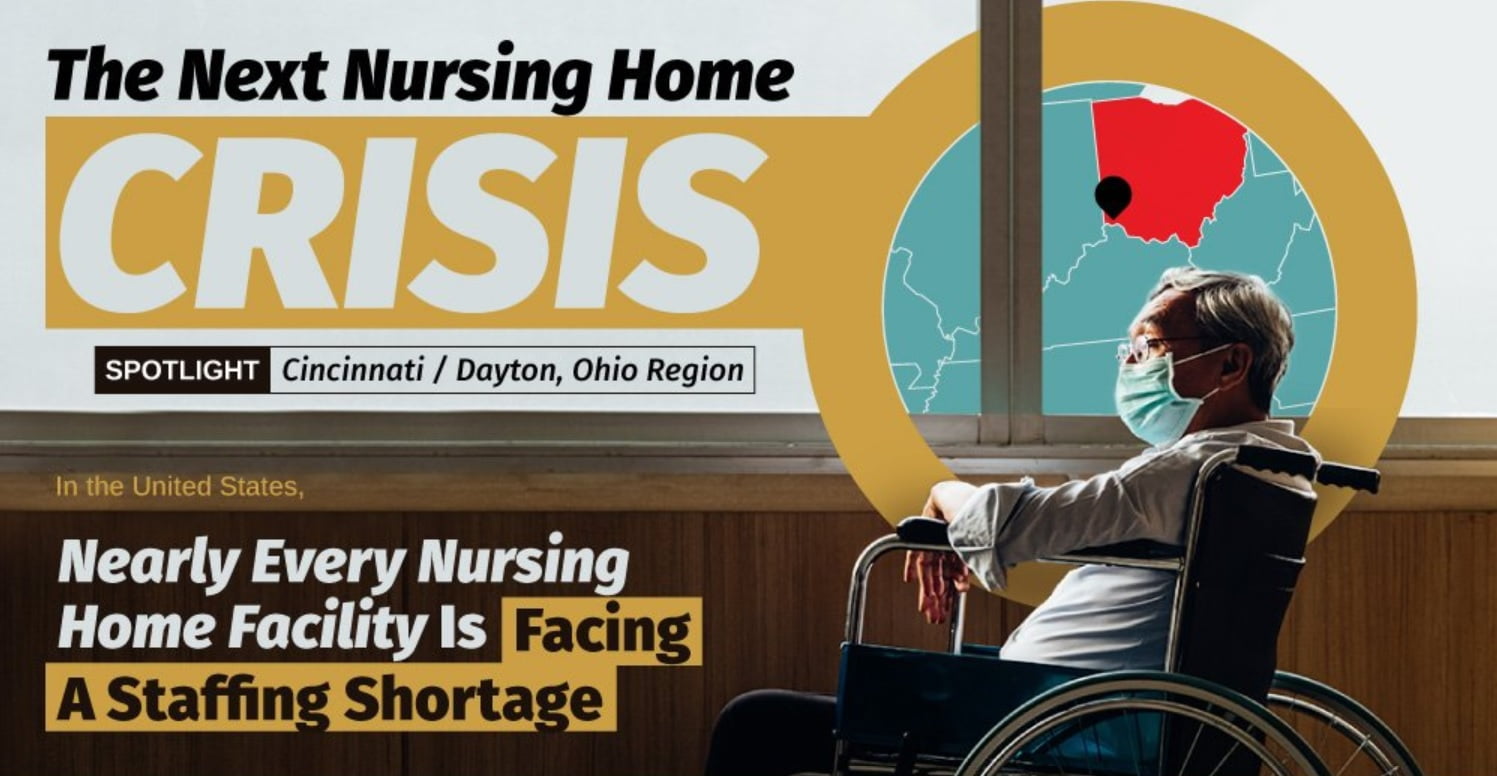The COVID pandemic hit all of us with extreme force and caused stresses and burnout to skyrocket, however, as most of us are aware, nursing homes were hit even harder than most. The isolation residents faced; all the new precautions, and the vaccine mandates, have caused nursing homes to be in an absolute upheaval, with one of the main concerns being a severe staffing shortage.
Q3 2021 hedge fund letters, conferences and more
Nursing Home Crisis
Until the pandemic, nursing home employment was seeing a solid increase for the past ten years, however all of that came to a sudden halt when COVID hit. In January of 2020, nursing home employment was at 3.38 million, but in September of 2021, we saw nursing home employment plummet to a record low of 2.95 million. With this sudden drop, 99% of nursing homes are reporting a staffing shortage, and more than half of them are at critical levels. Not only is the situation severe, but 7 out of 10 nursing homes report having serious difficulties in hiring additional staff.
To take a more detailed look, we can look at the nursing home issues in Ohio, which has the 3rd highest number of nursing homes in the entire country, and reported the highest shortage of nursing assistants than any other state. In May of last year, the demand for RNs, LPNS, and LVNs grew by about 13% in Dayton and Cincinnati, Ohio.
The situation is currently so bad that 78% of nursing homes are concerned they may have to close their doors permanently. This is a critical issue as 1 in 5 adults will reach retirement age by 2030; 2 out of 3 will need long term care at some point, and 20% of them will need additional care for at least 5 years.
Staffing Shortage
Even today, the staffing issue is causing many problems and is reducing the quality of care able to be given to current residents. For instance, this staffing shortage means less help at mealtimes, less frequent baths or showers, longer wait times for repositioning to prevent bedsores, more frequent wounds and falls, and increased staff stress and turnover.
Sadly, there’s no easy answer to this staffing shortage, but there are some things nursing home administrators can do to help their nursing staff, and hopefully slow turnover rates. Nursing homes can make sure that all staff have access to PPE and can feel safe as they care for residents. They can provide support through grief and bereavement counseling, and quiet rooms for stress relief while at work. They can show appreciation to their staff by celebration staff successes and accomplishments, providing snacks, and having holiday celebrations.
Aside from all of this, nursing homes must also find new and creative ways to recruit new staff, which can be done through additional training opportunities for new employees, adding nursing programs to high school offerings, and adding creative incentives for new applicants.
Infographic source: The BridgeWay Firm














